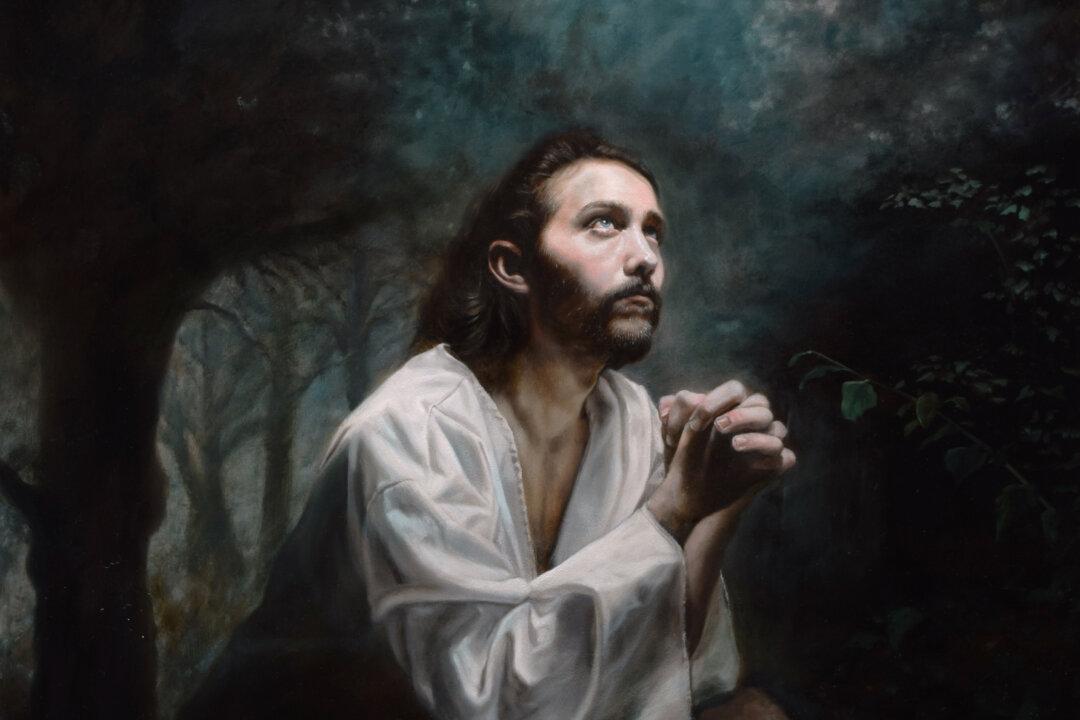As a boy growing up in Northeastern Pennsylvania, Eric Armusik loved to draw. He won his first art contest at the age of 10 and went on to participate in numerous competitions and receive awards.
On Sundays, he stared at the walls and ceilings of his community’s large, ornate Catholic churches, filled with elaborate murals and colorful stained glass windows. Ancient stories seemed to come alive in this artwork, with such emotional clarity that even a child could understand.





